9 Ways to Improve NPS Response Rates
Read More
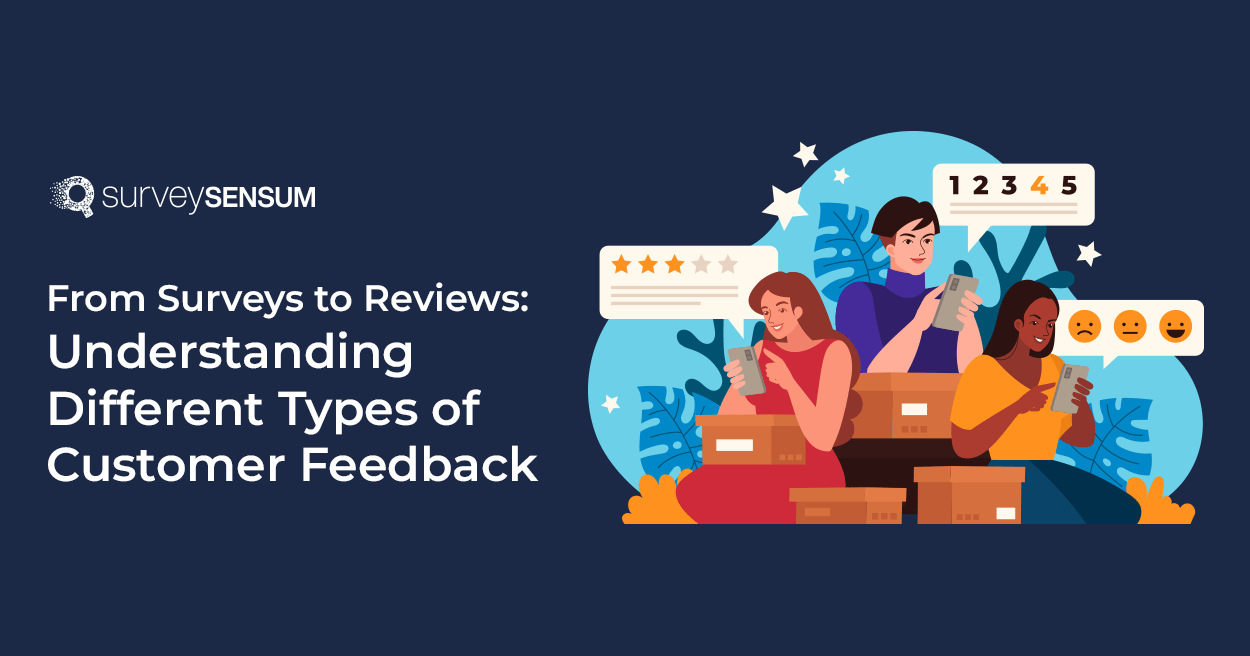
Are you aligning with the evolving needs and preferences of your customers?
If not, you should start gathering customer feedback. It’s the key to exceeding their ever-changing expectations.
To stay ahead, use a robust customer feedback platform to gather insights from various interactions, such as delivery experience, product usage, support queries, and website visits. These insights empower you to enhance customer experience, boost satisfaction, and foster loyalty.
But is customer feedback really a game-changer? If yes, then why?
Let’s explore this along with different types of customer feedback, how they are the building blocks for creating remarkable customer experiences, and how harnessing this feedback can propel your business to new heights of customer satisfaction and success.
Why is Customer Feedback Important?
Direct Feedback vs Indirect Feedback
Customer feedback is the valuable insights you receive from your customers about their experiences with your business’s products and services.
It includes their opinions, suggestions, and comments, often shared through surveys, reviews, emails, and various communication channels. This feedback is like a window into their thoughts, showing what they like, what they don’t, and what could be better.
By paying close attention and learning from this gathered feedback, you can enhance your offerings and the overall customer experience, ensuring they meet and even exceed customer expectations.
But why is it important?
Customer feedback is not just a collection of opinions; it’s a powerful tool for businesses to thrive in a customer-centric world. Here’s why gathering and leveraging customer feedback is paramount:
This was about the importance of customer feedback. Now let’s dive into the two categories in which customer feedback falls.
Customer feedback can be gathered in two ways
Direct (solicited) feedback (also known as the solicited feedback) is the type of feedback that comes directly from customers, often through specific channels or tools designed for collecting their opinions, suggestions, or comments. It’s explicit and clear, offering precise information about their experiences and preferences.
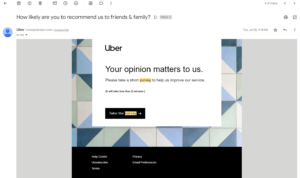
Examples of direct feedback include responses to customer surveys, online reviews, emails sent to your business, or comments shared on social media.
On the other hand, Indirect (unsolicited) feedback (also known as the unsolicited feedback) is feedback that is not explicitly provided by customers but can be inferred from their actions, behavior, or patterns.
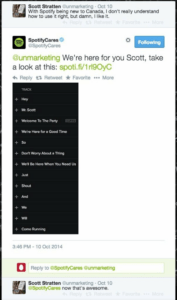
Unlike direct feedback, businesses have to analyze and interpret this feedback from various sources, such as customer behavior data, purchase history, website interactions, and social media monitoring.
For instance, when people keep coming back or engaging with you on your social media marketing campaigns, it implies satisfaction. It’s not as crystal clear as direct feedback, but it’s still telling you something. This is how indirect feedback helps companies gain insights into customer preferences, pain points, and satisfaction levels, even when customers don’t voice their opinions directly.
Now let’s look at – what are the types of customer feedback.
There are 5 different types of feedback through which you listen and understand the voice of your customers:
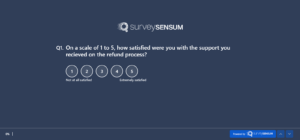 Customer surveys are structured questionnaires designed to gather specific information and insights from customers about their experiences with a product or service. Surveys are highly customizable and can be tailored to your specific needs, making them versatile tools for collecting valuable insights.
Customer surveys are structured questionnaires designed to gather specific information and insights from customers about their experiences with a product or service. Surveys are highly customizable and can be tailored to your specific needs, making them versatile tools for collecting valuable insights.
Customer surveys come in various forms, including customer satisfaction surveys, Net Promoter Score surveys, product feedback surveys, and more. Each type uniquely gathers specific insights, enabling businesses to target their questions for different purposes.
To create effective surveys, you must have an exceptional survey-creating tool like SurveySensum, then you should ensure that your questions are
This helps customers to easily understand and respond to the survey, leading to more accurate and valuable insights.
To distribute and collect customer surveys effectively, select the right method where your target audience is (such as email, website, social media, or printed), and craft engaging invitations. Also, make sure you send the survey at the right time. Additionally, consider incorporating a social media consult to optimize survey dissemination and engagement. Also, make sure you send the survey at the right time.
You can analyze the survey data by
Create NPS, CSAT, and CES Surveys – Sign Up For Free
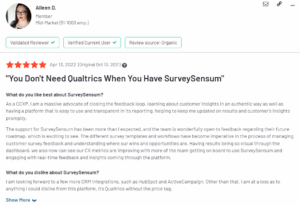
Customer reviews are unsolicited opinions and feedback shared by customers on platforms like G2, Capterra, Yelp, Amazon, or Google Reviews. Customer reviews come in various forms, including product reviews, service reviews, and overall experience reviews. There are other types as well including detailed feedback on specific features, pricing, or delivery experiences. This gathered feedback helps in understanding specific areas of improvement.
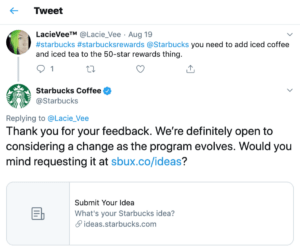
Social media feedback consists of comments, posts, and messages from customers on platforms like Facebook, Twitter, and Instagram.
You can monitor it effectively by
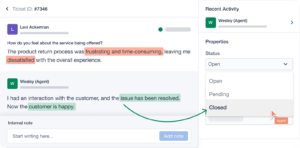 Customer support tickets are formal inquiries or issues raised by customers through email, chat, or ticketing systems.
Customer support tickets are formal inquiries or issues raised by customers through email, chat, or ticketing systems.
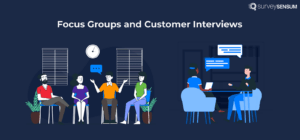
Focus groups and customer interviews are qualitative research techniques that involve direct interaction with customers to gather in-depth feedback. Focus groups typically consist of a small group of participants discussing their opinions, while customer interviews are one-on-one conversations.
These qualitative methods offer a deep understanding of customer perspectives resulting in improving customer experience.
That was all about different types of customer feedback. But why taking action is important?
Collecting feedback is essential, but it’s not enough because users expect quick action. That’s why taking action on feedback by closing the feedback loop is crucial to prevent users from becoming disengaged or frustrated and leaving your platform, build trust, and enhance the quality of the user experience by addressing hidden issues and improving the website’s performance.So, here are the following steps to effectively close the feedback loop:
By implementing these steps, you not only retain users but also foster a loyal and engaged community, which can contribute to the long-term success of your website.
Customer feedback guides companies towards satisfying customers and growing their businesses. Feedback from various sources unveils what customers want and how they perceive their experiences.
Collecting, analyzing, and acting on feedback is the path to enhancing products, services, and customer experiences. This creates customer loyalty, boosts your brand, and puts you ahead of the competition. But remember, success comes from turning insights into action. That’s where SurveySensum steps in. With its tools and analytics, you can easily collect, understand, analyze, and take action on customer feedback.
